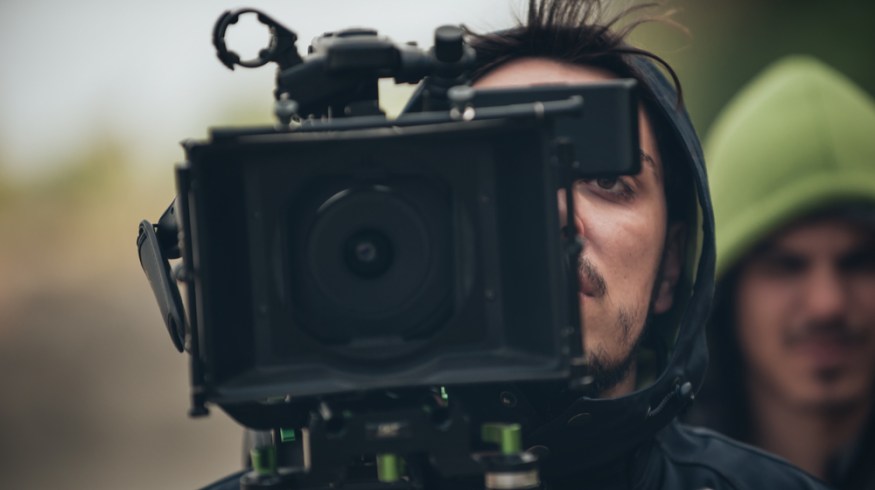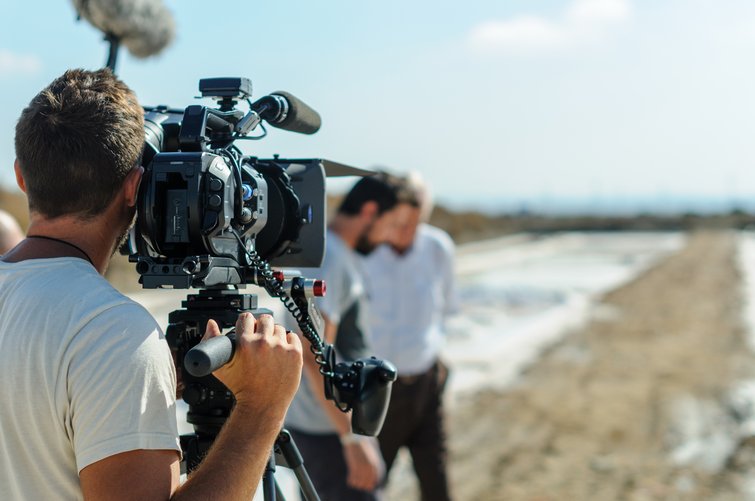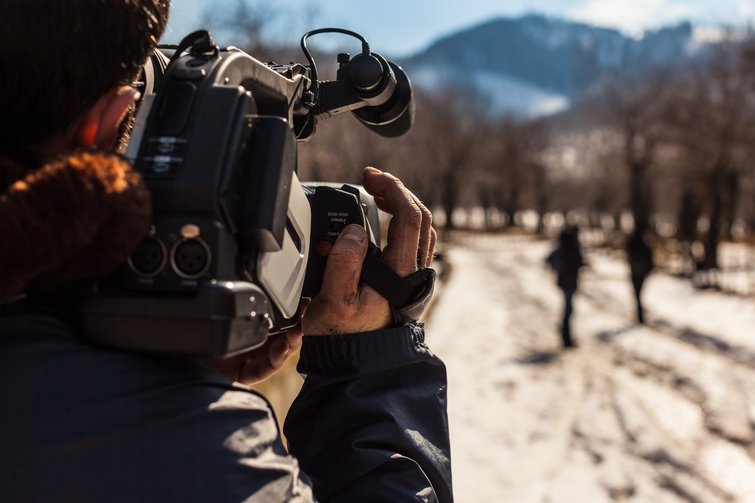
Quick Tips: 5 Rules for Making a Short-Form Documentary
Follow these basic rules, tips, and tricks to keep your short micro-documentary projects fast, fun, and informative.
As we’ve covered in the past, a new age of micro-documentaries is dawning. Filmmaking has shifted from cinema cameras to smartphones, and content has become shorter, tighter, and—well—more content-y.
And, in no genre has this been more noticeable than the documentary genre. Long associated with feature length (or longer) films that explore complicated subjects in great detail, many documentary-style projects are now sped up to fit into more bite-size consumption online.
Regardless of whether or not you’re a fan of the trend though, it’s an important filmmaking realization to see that creating content for social audiences with a shorter attention span is simply the way of the future. The only question is: How can you adapt to it?
So, let’s dive further into this world of short-form documentary filmmaking. Explore five rules to follow to keep your content fast-paced, yet informative.
1. Build an Outline and Follow Up

So, before we get into some shooting and editing rules, tips, and tricks for documentary filmmaking, we have to talk about your planning and pre-production stage. This might be a bit controversial in true film circles, but even for documentaries you can (and perhaps should) build an outline and script your documentary out.
Not only will this help give you the framework you need to shoot and edit effectively, it’ll also force you to put on a narrative filmmaking hat to shape the story as much as possible to fit within a more constrained time format.
Think about it. Let’s say you want to document the polluting of a local shorefront. Even if you have the basis of your documentary, it’s going to be impractical to turn up at the coast in the hope that your subject will find you. However, if you preemptively outline the basis of what you want to capture, even though this is a documentary, you’ll see a return of greater results.
Only once you have this outline either written out (or, at least, in mind), can you put your creative documentarian hat back on and give yourself some flexibility to explore within the filmmaking process. The trick is to find the balance you need to keep things on-topic and on-task without compromising too much creative flexibility.
2. Don’t Slow Roll the Exposition
Another traditional hallmark of the documentary genre style is the challenging and often long-delayed sprinkling of exposition throughout the early parts of the film. And, while this is handy for slow burn types of films, for short and micro docs, you risk losing your audience with your long takes and little information.
The name of the game in modern, social, and digital video is to hit audiences hard and hit them often with as much information as they can handle. Consider using all the filmmaking tools in your arsenal to get your audience up to speed early and often.
Some options to consider include using voiceover narration, text on-screen (preferably animated and presented interestingly), as well as fast cutting techniques that will hit audiences with lots of information in a short period of time.
3. Embrace Stylistic Looks and Effects
On a similar note, once you do get into the meat of your micro-documentary, you might want to consider adding in as much style and pizzazz as possible. Animated text and images are a smart place to start, but adding in motion graphics to help illustrate your points can instantly make your video more professional, as well as watchable (plus it helps to speed things up).
Here are some resources and tutorials to check out to help you spice up your short and micro-documentary projects for extra style, storytelling, and brevity.
- Animation Fundamentals: Easing, Anticipation, and Follow Through
- Roll with the Punches: Tips for Learning Cinema 4D
- Create Animated Titles in After Effects
- Create Wiggly Text and Animations Using the Line Boil Effect
- Best FREE Animation Software — Ready to Download Right Now
4. Always Building Speed

From there, all of your decisions should be focused on building pace and speed (as well as raising the stakes for your subject and narrative throughout). This might pertain a bit more to the editing side of things. But, even when filming and in production, you can look for ways to make your shooting more active and enticing by adding camera movement, more dynamic lighting, and less static and stable cinematography.
Once in the edit, you really want to start fast then move faster. My personal advice for any short-form video (whether that be a documentary or a short film) would be to do an initial cut that includes everything you like.
From there, though, you should begin to cut everything down until it’s at least three times shorter. Cut as much space and filler as possible that doesn’t absolutely add to your story and help build speed.
5. Keep Your Ending in Mind Throughout

Finally, as you look to wrap up your short-form documentary projects, always remember that the biggest challenge in any online video is to get your viewer to watch all the way to the end. There’s a million reasons to click away from something, so always keep your video’s ending in mind as you guide your viewer to the eventual conclusion.
You can do this by raising the stakes and presenting a narrative or mystery that needs to resolve. Or, you can do it by following many of the rules above about keeping things informative, engaging, and fast-paced.
No matter how you approach it, the greatest signifier of a short micro-doc’s success has to do with getting a viewer to watch the film all the way through, then (ideally) interact with it in some other way. That might be following up with a CTA or by clicking on a link to support a cause or non-profit. (Or, merely sharing your video with family and friends on their own social channels as a way to give your video new life.)
For more documentary and short-form filmmaking tips, tricks, and resources, check out these articles:
- The 6 Types of Documentary Films
- 14 Video Editing Tips for Cutting a Documentary
- Best Cinema Cameras for Your Next Documentary
- Documentary Trends: Using Aerial B-Roll to Help Tell Your Story
- A Complete Guide to Documentary Filmmaking
Cover image via guruXOX.





